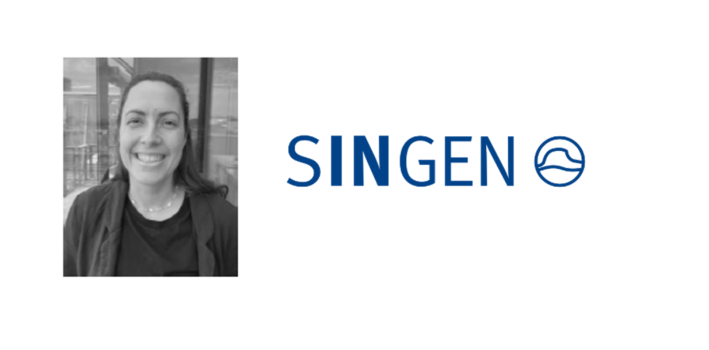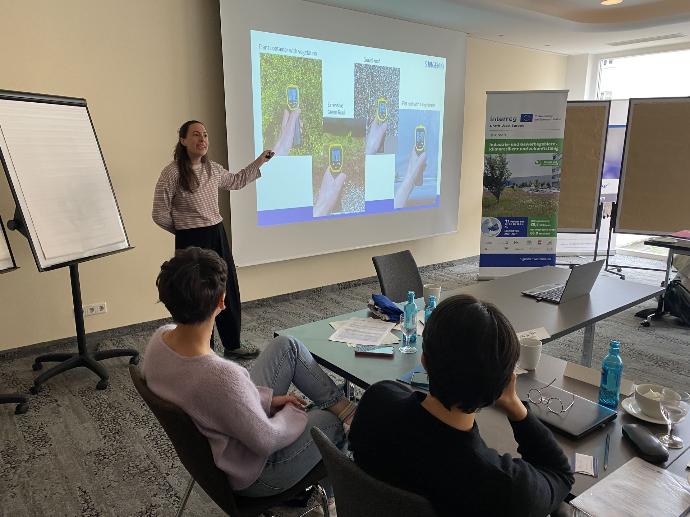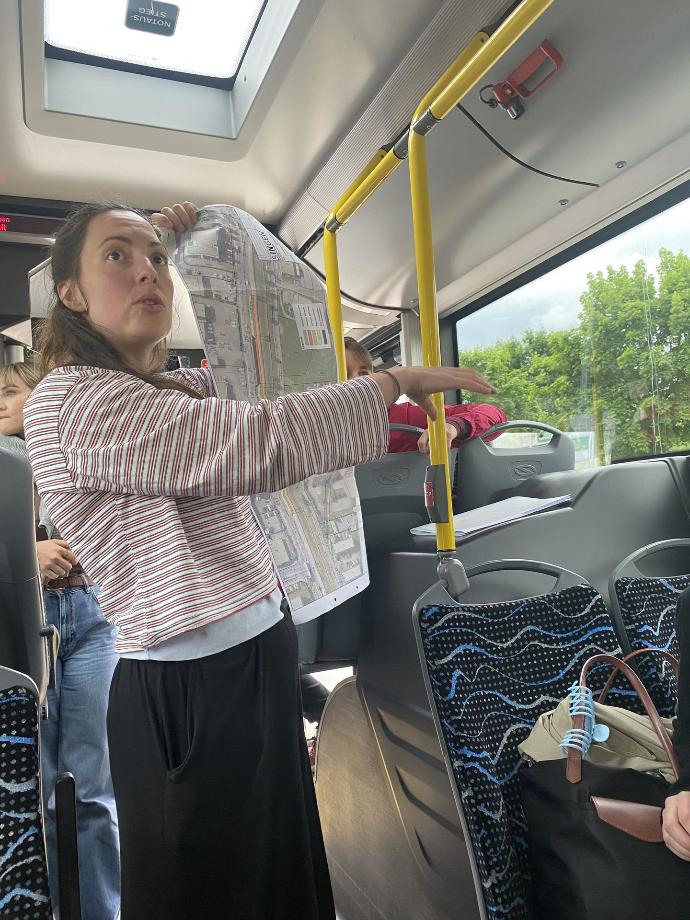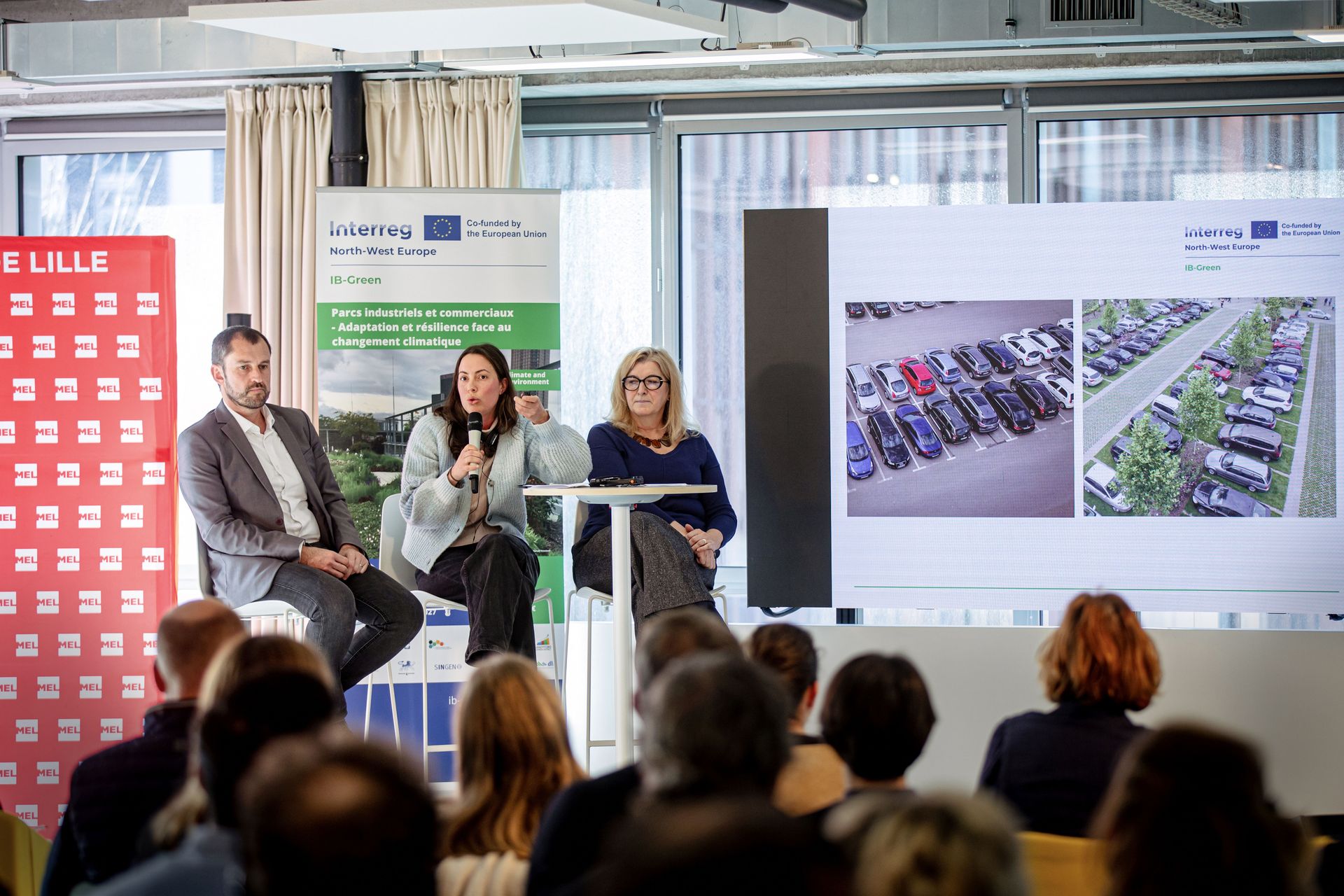In May 2025, it was the turn of IB-Green project partner, the muncipality of Singen (Hohentwiel) to host the half-yearly IB-Green project meeting. The face behind this German city who is working on IB-Green, is the municipality's climate adaptation manager Alena Hayer.
 © Photo: INFRASTRUKTUR & UMWELT
© Photo: INFRASTRUKTUR & UMWELT
Why do you think IB-Green is an important project, especially from the perspective of your organisation?
Singen is a city with a large proportion of industrial areas, but these areas have never been prioritised for climate adaptation measures. This has left us with challenges such as increased urban heat in large parts of the city. Therefore, IB-Green is such an important project for us - it's the perfect opportunity to finally get the ball rolling on addressing climate adaptation in our industrial areas and unlocking the full climate adaptation potential of our city.
What previous activities have you implemented (or which projects have you been involved with) concerning blue and green infrastructure in industrial and business parks?
We’ve already made strides in greening our touristic city center and initiated a pilot project focusing on green-blue infrastructure in a residential area. Now, it’s time to turn our attention to industrial and business parks, where we can build on this momentum and bring sustainable transformation to these crucial areas.
Which North-West Europe country have you/are you travelling to for the first time with IB-Green?
I’ve never been to Ireland before, and I’m excited to meet our Parnters Sandyfort District in Dublin. To keep our carbon footprint low, we’ll be traveling by train and ferry, which will make for an adventurous 20-hour journey from southern Germany.
How high do you think the potential and acceptance for blue and green infrastructure in your country is at policy and/or local level, and why?
Green infrastructure is already quite popular in Germany, with strong support at both the policy and local levels due to its benefits for urban sustainability, biodiversity, and climate resilience. However, the integration of blue elements - such as urban wetlands - into green initiatives is still an area with significant untapped potential. While the awareness of blue infrastructure's benefits is growing, particularly for flood management and cooling effects, its full integration into planning and development has yet to be widely embraced.


